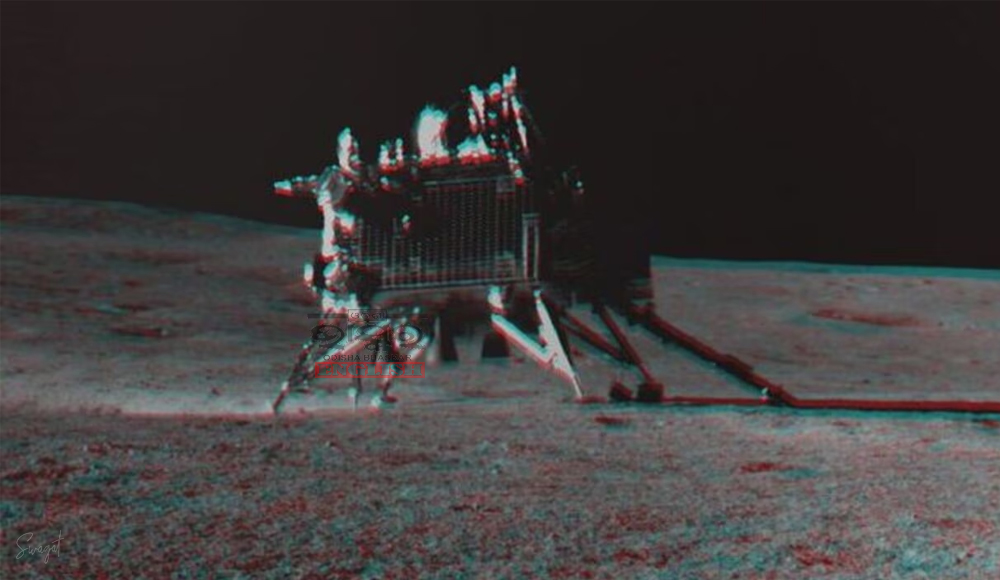India’s Chandrayaan-3 has landed in a 3.85-billion-year-old crater on the Moon, marking a significant milestone for lunar exploration, scientists revealed on Saturday.
This ancient crater, one of the oldest on the Moon’s surface, was formed during the Nectarian period.
Researchers from the Physical Research Laboratory and the Indian Space Research Organisation (ISRO), Ahmedabad, noted that the mission’s Pragyan rover has ventured into an unexplored region. “The landing site offers unique geological insights, with the first on-site images from this latitude, showing the Moon’s evolutionary history,” said S Vijayan, associate professor at the Planetary Sciences Division, Physical Research Laboratory.
Craters are formed by asteroid impacts, displacing material known as ejecta.
The images from Pragyan revealed that half of the crater where Chandrayaan-3 landed is buried under ejecta from the South Pole-Aitken basin, the Moon’s largest impact basin. The basin spans over 300 km in diametre, while the crater where the landing occurred is approximately 160 km wide.
The researchers observed material from a distant impact crater near the landing site, indicating that the area consists of deposits from various regions of the Moon. These findings provide crucial data on the Moon’s geological history.
Chandrayaan-3 made a soft landing on the Moon’s south pole on August 23, 2023, becoming the first mission to land on the Moon’s south side, now named Shiv Shakti Point by the Indian government.




Comments are closed.